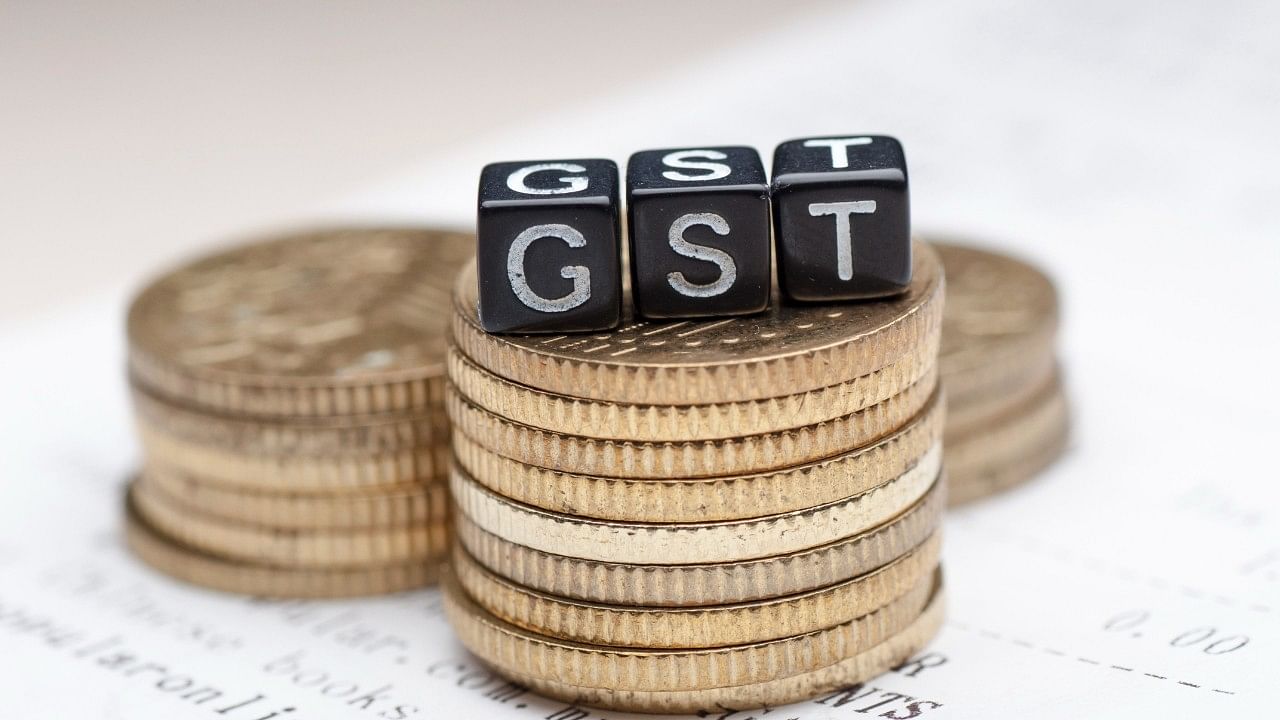
Representative image.
Credit: iStock Photo
Stanza 38 from Chapter 2 of the Bhagavad Gita reads sukha-dukhe same kitvā labhalabhau jayajayau, tatoyuddhaya yujyasva naivamṁ papam avapsyasi. This would translate into English as “fight for the sake of duty, treating alike happiness and distress, loss and gain, victory and defeat. Fulfilling your responsibility in this way, you will never incur sin”.
By replacing a few words, one can reword the stanza for GST taxpayers: “Avail input tax credit only as per GST rules, treating alike happiness and distress, loss and gain, victory and defeat. Fulfilling your responsibility this way, you will never receive any GST notice to pay tax or be threatened with cancellation of your registration.”
Availing input tax credit as per GST laws is now so full of conditions and restrictions that one cannot fault some taxpayers who would prefer to claim the GST component of certain expenses as a part of their expense in the profit or loss account.
When GST was introduced in 2017, there was a promise of a seamless input tax credit across the entire supply chain. Unfortunately, the law was introduced when it was still a work-in-progress. This gave rise to a situation where there was no system of checks and balances to avail input tax credit (taxpayers could literally put any amount in their GSTR 3B and claim the credit). The menace of fake invoices commenced since taxpayers wanted to maximise savings on their cash flows since they were well aware that this was too good to last.
Having started off with a law that was a work-in-progress, the government was always playing catch-up to keep pace with what taxpayers were doing. This forced the government to keep lowering the threshold for e-invoicing (right now applicable to taxpayers with turnover exceeding Rs 5 crore) and making it mandatory for the concept of “matching of invoices” to be done to claim input tax credits.
Form 2A was introduced for some time and was soon replaced by Form 2B. Two new rules introduced recently are the final nail in the coffin for taxpayers.
Rule 88C & 88D
Rule 88C and Rule 88D have a similar intent. If there is a specified difference between values in GST forms, taxpayers are given options to explain the difference, pay the difference or do a ‘jugalbandi’ between explaining and paying the difference.
They should choose this option within a week of getting an intimation on the portal. The specified amount of difference is yet to be notified but it is widely expected to be 20%. Rule 88C prescribes this for differences between the liability as per GSTR 1 and 3B, while 88D does this for the difference credit availed as per GSTR 3B and the all-pervasive GSTR 2B.
The repercussions in case the taxpayer does not respond or gives a response which is “not acceptable” to the proper officer can be damaging. Show-cause notices can be issued, tax can be recovered, filing of GSTR 1 and, consequently, GSTR 3B can be blocked, facilities to generate e-way bills can also be blocked; it can even go to the extent of the registration being suspended.
In summary, the taxpayer is at the complete mercy of the department, especially when the tax officer finds the response “not acceptable”. What constitutes “not acceptable” could become the matter of much litigation in the days to come.
By now, taxpayers with good accounting systems are aware of what shows up in GSTR 2B. They would have already taken the necessary corrective action, including alerting the counterparties to do what they have to do, to ensure that the invoice shows up at some point.
The reduction in the threshold for e-invoicing will ensure that the invoices are matched almost instantly. Yet, there could be reasons why differences between values in GST forms could arise.
Accounting errors could have occurred at either end or business exigencies may have forced the counter-party to delay accounting for some invoices etc. The
question that arises is whether drastic action will be taken by the department even when there is a proper explanation given by the taxpayer.
Rules 88C and 88D leave nothing on the table for the taxpayer, which could bring into play the lack of natural justice.
GST taxpayers in India have seen it all: ever-changing laws, a moody portal, many restrictions on availing input tax credit and not many avenues to file their appeals. Establishment of GST Appellate Tribunals, though long-delayed, is seeing some action now.
At this stage in the GST journey, it is imperative that the government gets the establishment of GSTAT right. Tribunals need to be established quickly in major cities, they need to be staffed with competent members and a mechanism needs to be in place to accept a volcano of appeals that is surely going to come to them.
(The writer is a tax expert based in Bengaluru)